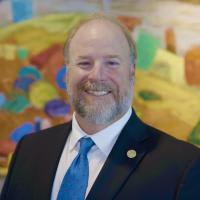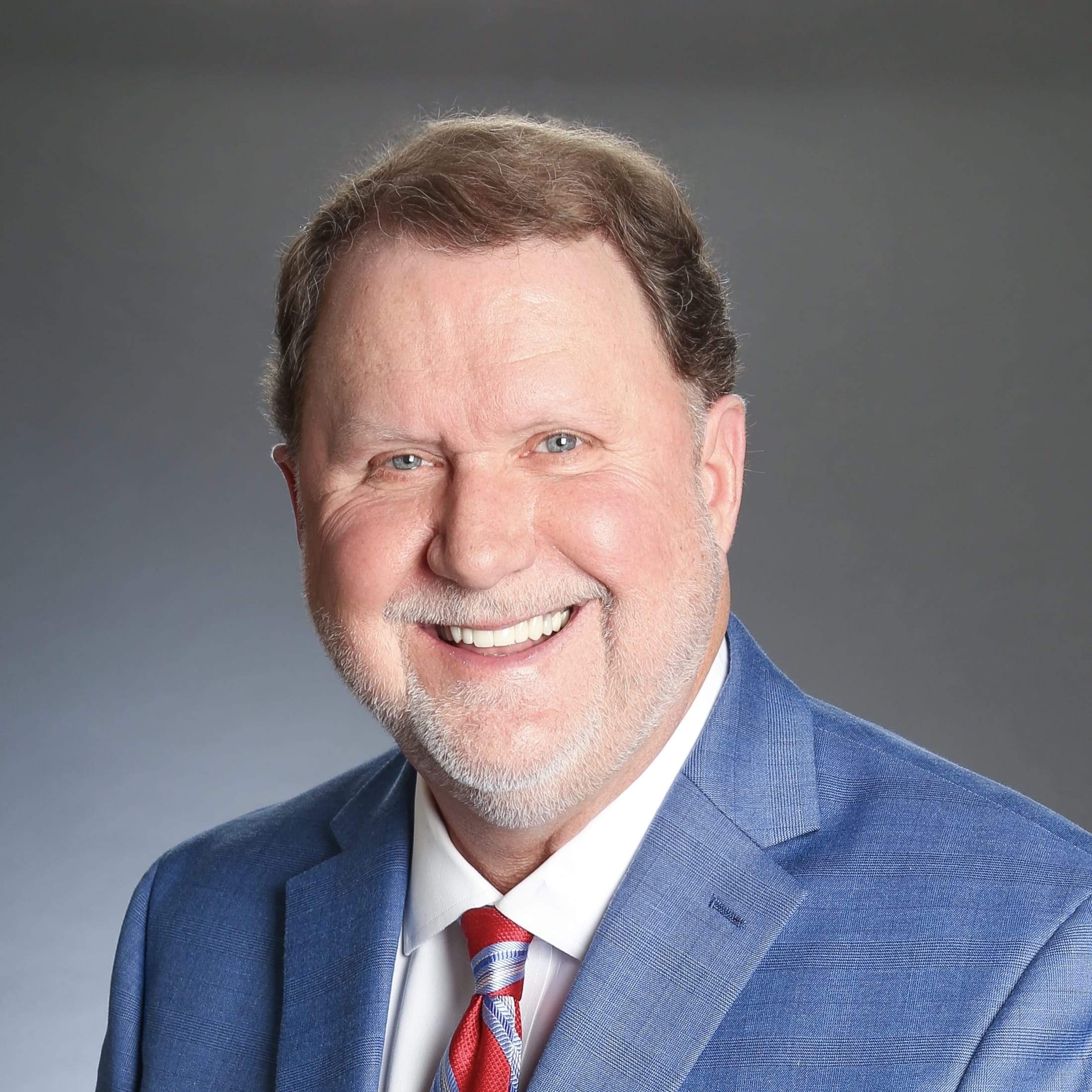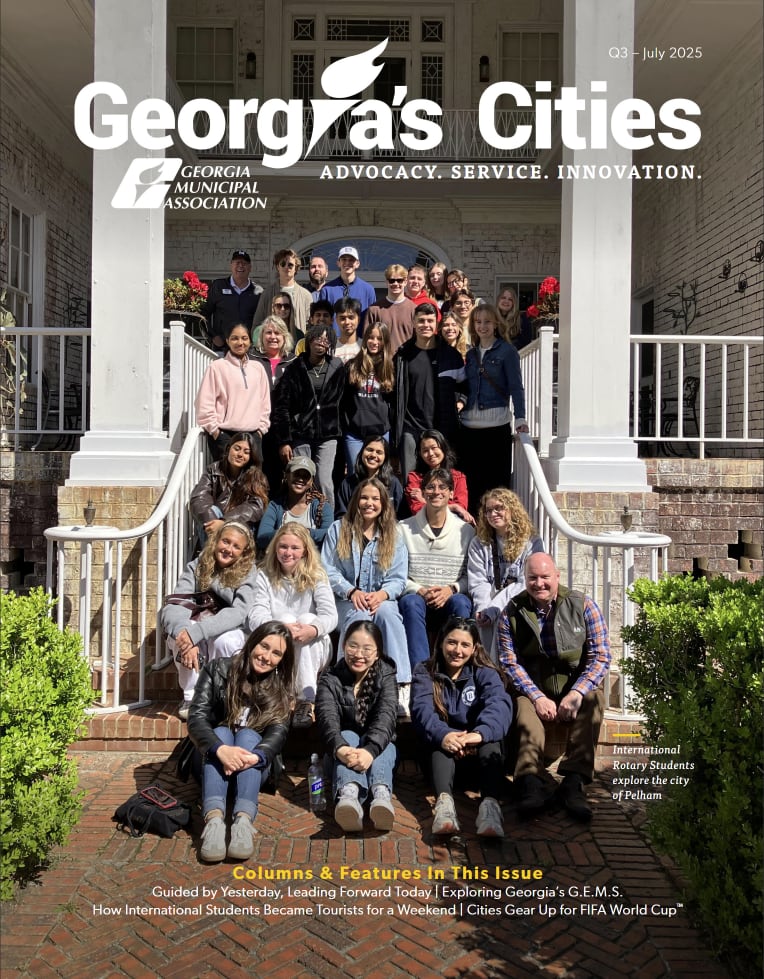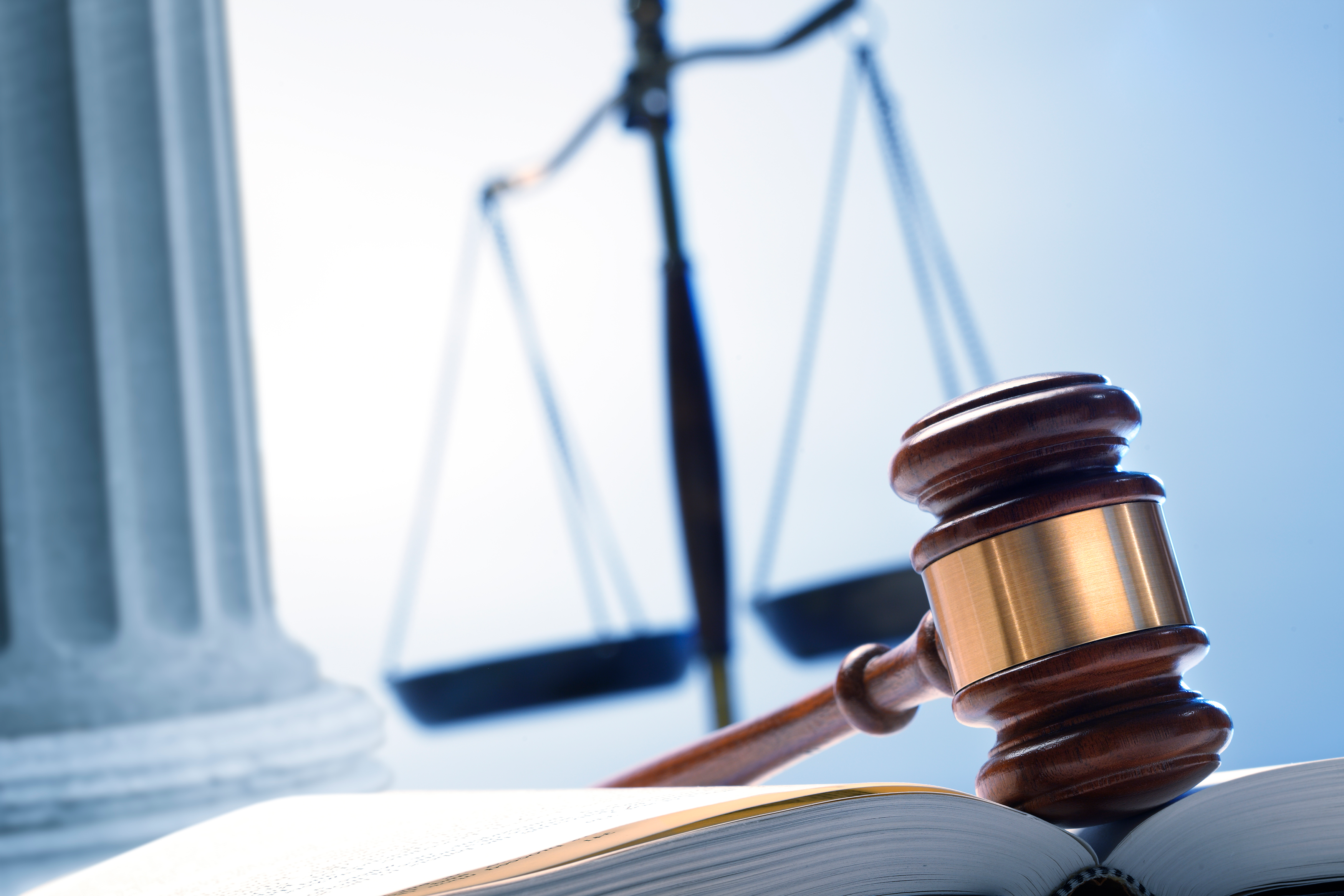FEMA Reform on the Table: How H.R. 4669 May Change Disaster Response
H.R. 4669, the Fixing Emergency Management for Americans (FEMA) Act of 2025, proposes the most significant changes to the Federal Emergency Management Agency in decades. The bill was introduced with bipartisan support and addresses FEMA’s structure, mission, and programs.
Next Generation 911: Advancing Emergency Communications at the Federal and State Level
Across the nation, policymakers are upgrading outdated 911 systems to Next Generation 911 (NG911). For Georgia’s cities, this means faster response times, stronger disaster resilience, and better coordination across jurisdictions.
Viewpoints

Promoting Georgia, One City at a Time
In this Expert Editorial, Georgia’s Cities talks with Jay Markwalter, Statewide Tourism Director of the Explore Georgia team to share insights into how their organization is supporting communities in elevating tourism efforts, meeting today’s challenges and maximizing local assets.

Exploring Georgia’s G.E.M.S.
One of the most rewarding aspects of serving Georgia’s 537 cities is that I have the opportunity to experience them beyond the interstates and highways, and beyond the brochures and websites.
Georgia’s Cities Magazine
Columns & Features in the Q3—July Issue of Georgia's Cities
- Guided by Yesterday, Leading Forward Today
- Exploring Georgia's G.E.M.S.
- How International Students Became Tourists for a Weekend
- Cities Gear Up for FIFA World Cup™
- And more...
View this IssuePrevious Editions
If you are a local official or staff member of a GMA member municipality and are not receiving the magazine, please complete the Georgia’s Cities Magazine Subscription Preference Form to be added to the subscription list.

